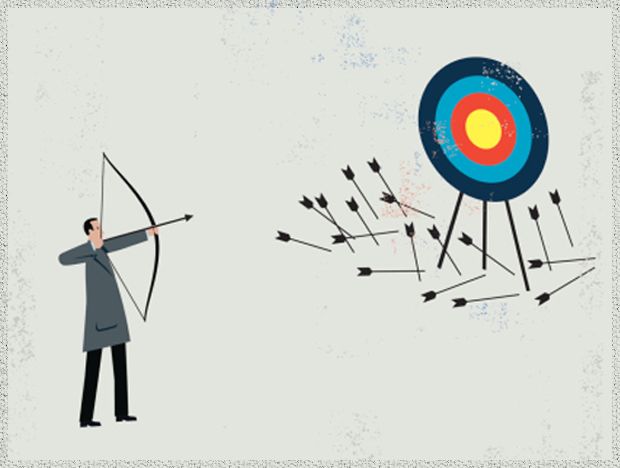Everyday we engage in business processes, often times without thinking about it.
A business process is just the way things are done, for example when you buy a cup of coffee.
- Firstly, the cashier asks you for your order.
- You will then tell them your order.
- Next, they will inform the barista, who makes the coffee.
- The coffee is then handed to the cashier, who takes your money and gives you the coffee.
However, no business process is perfect, something can always go wrong. A good business process will have the least margin for error. The example given above highlights a larger margin for error than there has to be, with many simple ways to improve efficiency. For example, I would ensure that both of the staff behind the counter are trained to make coffee (Employee A & Employee B). Employee A will take an order, and make the coffee from start to finish for that customer. While, during this time Employee B is doing the same thing for another customer. This change reduces the chances of miscommunication, while allowing for twice the number of customers to be served.
Our CEO’s recent trip to Edinburgh is what we at Santriya Technologies would consider a bad business process. It started on his way to Gatwick airport, via rail travel. Rail travel has a notorious reputation for being crowded, delayed and unpleasant. Unfortunately, his journey did very little to change these stereotypes, as his train was delayed in Clapham Junction for over an hour. With his flight time drawing closer, this resulted in a sense of panic occurring, with the potential of him being late becoming a real possibility.
Eventually, once he reached Gatwick, he was asked if he wanted to check in his luggage. His ticket was a hand-luggage only ticket (No notification had been provided to see if his ticket met his luggage requirements), and upon checking his luggage, he discovered it was ineligible.
The first of many hiccups created within a business process, when there is no failsafe in place for a scenario such as this.
Upon reaching Edinburgh, he discovered his luggage had been misplaced, due to a member of staff misplacing the form required to get his luggage forwarded. Later on he was then informed that his luggage could be collected at 9:30am. Although tight this was do-able, if he left his meeting early. Upon embarking on his quest to reclaim his luggage, once he reached the airport another member of staff informed him that his luggage had already been collected prior.
These errors made by the member of staff, not only meant our CEO had missed some of his business meeting; but also it resulted in him being out of pocket, as a result of information being misplaced.
In Conclusion
Given these occurrences, it would be easy to assume that the fault lies with the staff in charge of such duties. It is the easy option to become frustrated with those representing the company. However, the real failure lies within the systems that are being used.
Services need to be adapted with end-user analytics, so any problematic trends can be dealt with sooner rather than later. Thus, leading to more efficient customer service being delivered, along with more departments communicating with each other.
A robust solution needs to be instilled, to ensure that verification processes being used are the best they can be. Considering these processes will likely determine how a customer feels at the end of their experience, and whether they are likely to employ the services of that company in the future.




